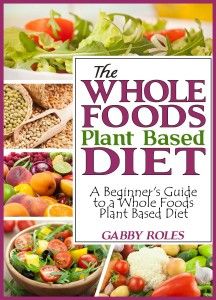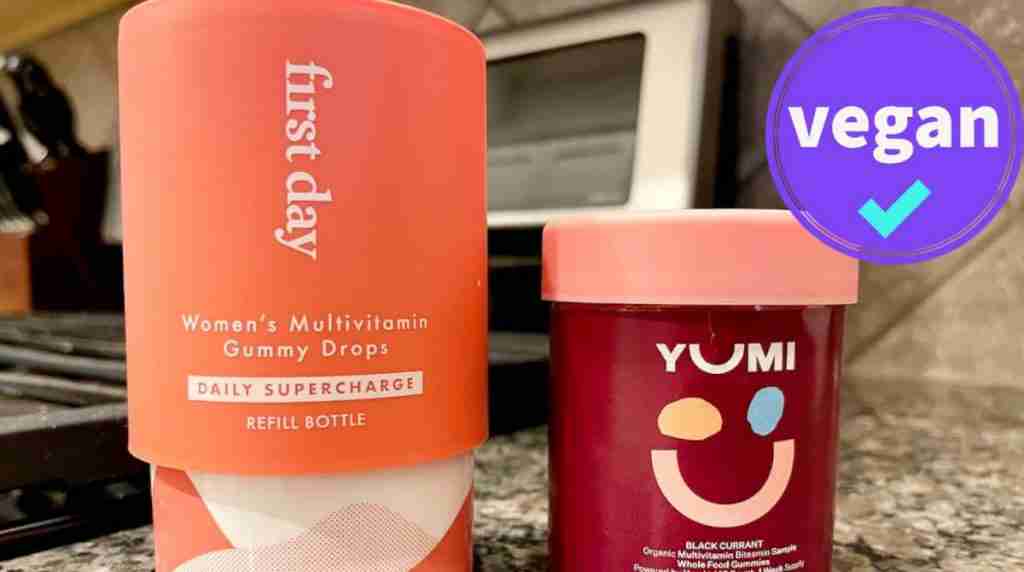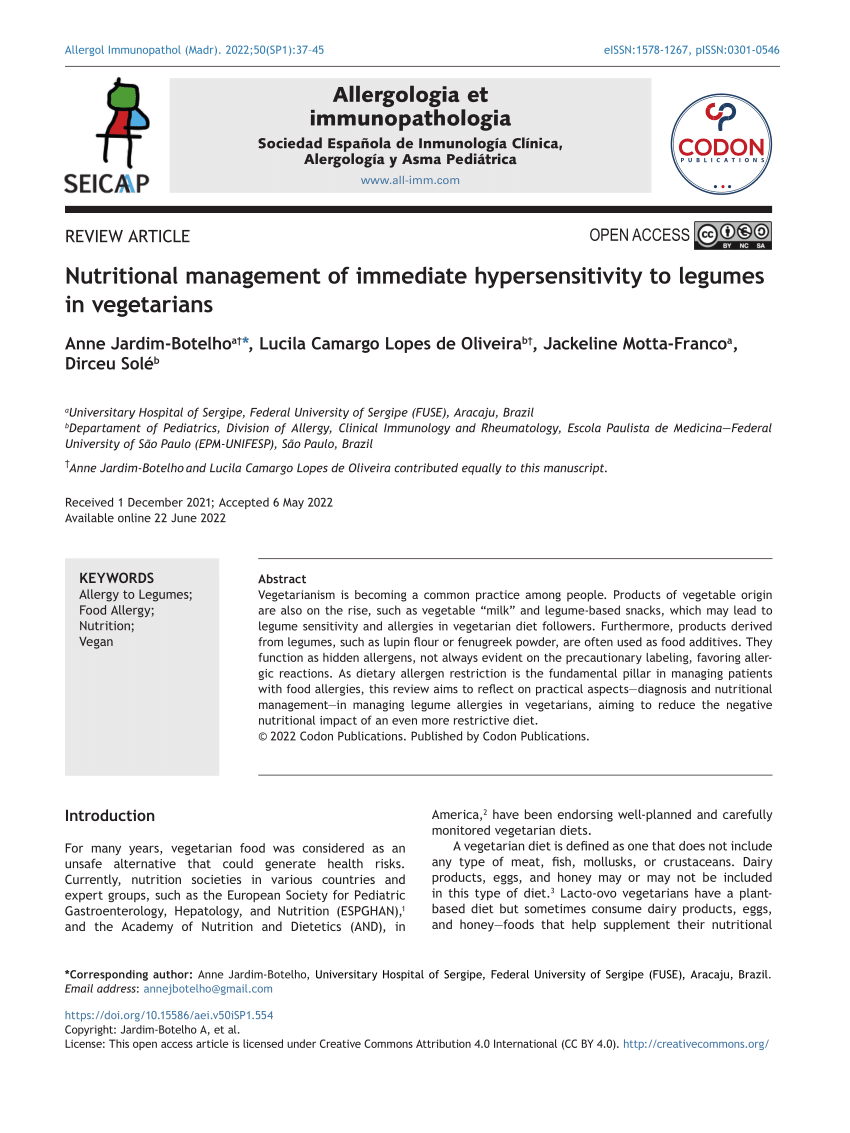
There are many ingredients that you can use to make your vegan salad. You can make your own vegan salad from a variety of ingredients, including fruit, vegetables and whole grains. Here are some ideas for your first salad: Chickpea Salad - This plant-based salad begins with a can of chickpeas. This is then combined with other ingredients, such as red peppers, cucumbers, olive oils, and red wine vinigar. It's great as a lunch or dinner side dish and can be paired with pita triangles. This salad can be topped with fresh mint and chopped pistachios.
Beans
You can make delicious vegan salads with beans. These salads require only a few ingredients and are very easy to prepare. Can any variety can be used. Use low-sodium varieties to make your salad healthier.

Whole grains
Whole grains are a wonderful addition for any salad. These nutritious grains are full of fiber, protein and bulk. You can prepare them ahead of your meal and then add them to your final-minute salad. Whole grains can be kept in the fridge for up to seven days.
Fruit
A fruit salad can include a variety of different fruits in different colors. You can choose from tangerines, mangoes, or blueberries. It is important that the fruit be fresh and ripe. It also helps to serve the fruit salad in a bowl to make it look nice. Choose fruits of different colors because they contain different vitamins.
Tofu
There are several ways to use tofu in a vegan salad. It can be used like a regular egg salad and can be stuffed into sandwiches and vegetable wraps. It can also be used with crackers and bread as a dip. Tofu can also be pressed with heavy items.
Chickpeas
You can make a vegan tuna salad using canned chickpeas. Vegenaise can be added to make the salad creamier. You can also use dill pickles. You can also add chopped vegetables. You can serve the salad over lettuce or bread.

Tempeh
Incorporating tempeh into a vegan salad is a quick way to add some protein and flavor. It doesn't matter if the tempeh has been smoked, marinated or seasoned with barbecue sauce. This salad can be made using a variety ingredients and served with different dressings.
FAQ
What are 5 ways to live a healthy lifestyle?
How can you live a healthy life?
Living a healthy lifestyle includes eating right, exercising regularly, getting enough sleep, managing stress, and having fun! Avoiding sugar and unhealthy fats is key to eating well. Exercise helps burn calories and strengthens muscles. Getting enough sleep improves memory and concentration. Management of stress can help reduce anxiety levels and depression. And finally, having fun keeps us young and vibrant.
What is the difference among a virus or bacterium and what are their differences?
A virus is a microscopic organism that cannot reproduce outside its host cell. A bacterium is a single-celled organism that reproduces by splitting itself in two. Viruses are very small (about 20 nanometers) while bacteria are larger (up to 1 micron).
Viruses can be spread by contact with bodily fluids containing infected substances, such as saliva, urine and semen. Bacteria can easily be spread from direct contact to contaminated objects and surfaces.
Viruses can get into our bodies through cuts and scrapes on the skin, bites or other injuries. They can also be transmitted through the eyes, nose, mouth, ears, vaginal, rectum, and anus.
Bacteria can enter our bodies through wounds, cuts, scrapes, burns, insect stings, or other breaks in our skin. They may also be introduced into our bodies through food and water as well as soil, dirt, dust, and animals.
Both bacteria and viruses can cause illness. But viruses can't multiply within their host. Infecting living cells is what causes them to become sick.
Bacteria may spread to other people and cause sickness. They can infiltrate other parts of the body. To kill them, we must use antibiotics.
What's the difference between fat/sugar?
Fat is an energy source from food. Sugar is a sweet substance that can be found naturally in fruits or vegetables. Both fats as well as sugars contain the same amount of calories. But fats are twice as calories as sugars.
Fats are stored within the body and can contribute to obesity. They may cause cholesterol buildup and lead to strokes or heart attacks.
Sugars are quickly absorbed and provide instant energy. This causes blood glucose levels to rise. High blood glucose levels are dangerous as it can increase the likelihood of developing type 2 diabetes.
What should I eat?
Get lots of fruits & vegetables. They provide vitamins and minerals to keep your immune systems strong. Additionally, vegetables and fruits are high fiber. This helps to fill up and aids in digestion. Try to include at least five servings of fruit and veg per day.
Water is essential for your body. Water helps flush toxins out of your body and makes you feel fuller between meals. Drink about eight glasses each day.
Choose whole grains over refined ones. Whole grains are rich in nutrients such as iron, zinc and magnesium. Refined grains are stripped of some of their nutritional value.
Avoid sugary drinks. Sugary drinks have empty calories and are a major contributor to obesity. Instead, drink water, milk, or unsweetened Tea.
Avoid fast food. Fast food lacks nutritional value. Fast food may be delicious, but it will not give you the energy that you need to perform your tasks properly. Choose healthier options like salads, soups and sandwiches as well as pasta dishes.
Try to limit alcohol intake. Alcohol is a poor nutrient and has empty calories. Limit your consumption to no more then two alcoholic beverages per week.
Try to cut down on red meat. Red meats are high in saturated fat and cholesterol. Lean cuts of beef or pork, lamb and chicken, as well as fish and turkey, are better choices.
What are 10 healthy behaviors?
-
Have breakfast every day.
-
Don't skip meals.
-
Eat a balanced, healthy diet.
-
Drink lots of water.
-
Take care your body.
-
Get enough rest.
-
Avoid junk food.
-
Do some exercise every day.
-
Have fun
-
Make new friends.
How to measure body weight?
A Body Fat Analyzer can be used to measure body fat. These devices are used to determine the body's percentage for people who want weight loss.
Statistics
- In both adults and children, the intake of free sugars should be reduced to less than 10% of total energy intake. (who.int)
- The Dietary Guidelines for Americans recommend keeping added sugar intake below 10% of your daily calorie intake, while the World Health Organization recommends slashing added sugars to 5% or less of your daily calories for optimal health (59Trusted (healthline.com)
- nutrients.[17]X Research sourceWhole grains to try include: 100% whole wheat pasta and bread, brown rice, whole grain oats, farro, millet, quinoa, and barley. (wikihow.com)
- WHO recommends reducing saturated fats to less than 10% of total energy intake; reducing trans-fats to less than 1% of total energy intake; and replacing both saturated fats and trans-fats to unsaturated fats. (who.int)
External Links
How To
How to live a healthy lifestyle
Healthy lifestyle means you can maintain your weight, health, and fitness. It is a lifestyle that involves eating healthy, exercising regularly and avoiding drugs, alcohol, nicotine, and tobacco. A healthy lifestyle can help you stay fit and feel great. You are also less likely to develop chronic diseases such heart disease and stroke, diabetes or cancer.
This guide provides a step by step guide for living a healthier and happier life. The introduction is the first part of this project. This explains why healthy living should be encouraged and who it is. Next, I wrote the body paragraphs. These include tips and tricks for maintaining a healthy lifestyle. I then wrote the conclusion. This summarizes the whole article, and provides additional resources, if necessary.
I learned how to create a concise and clear paragraph through this assignment. Also, I learned how my ideas could be organized into topic sentences or supporting details. Moreover, I improved my research skills because I had to find specific sources and cite them properly. Finally, I learned proper grammar and writing skills.